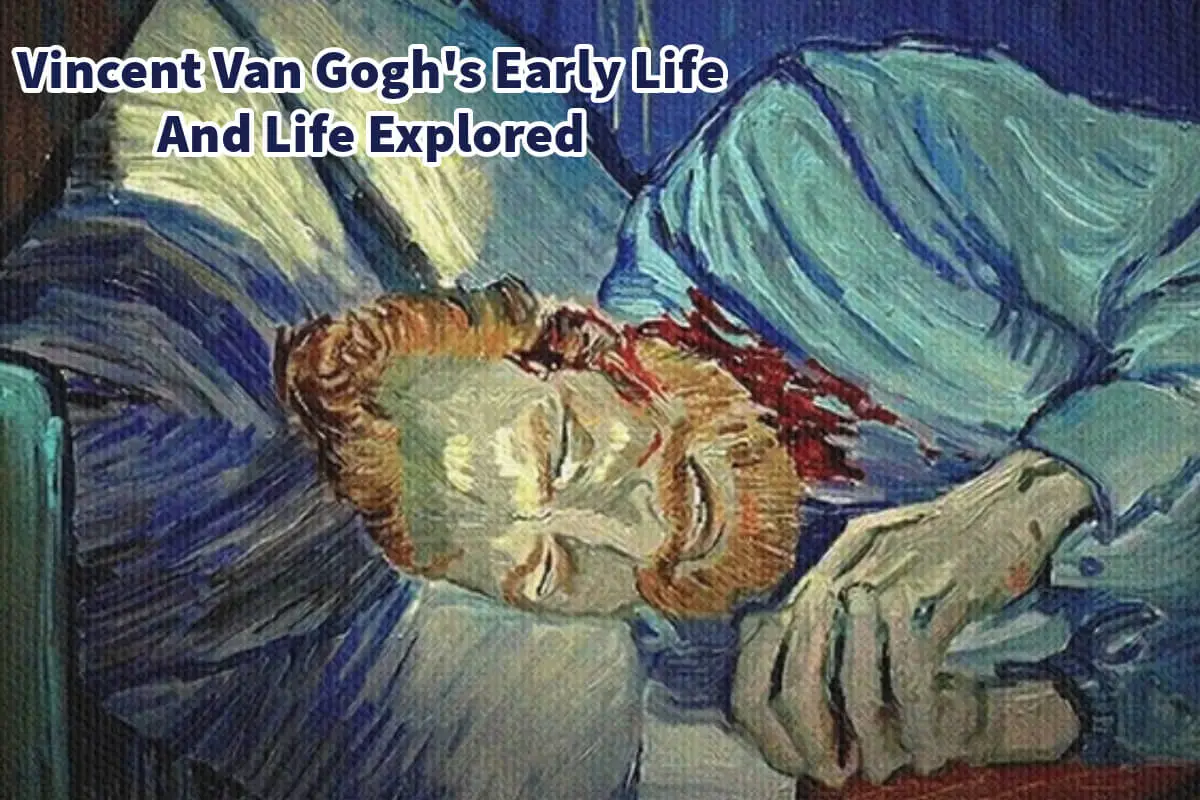Vincent van Gogh, the renowned artist we know today, is often celebrated for his later life’s masterpieces. He is one of my favorite artists.
Vincent Van Gogh’s early years are a crucial chapter in his journey that deserves our attention. Born in a charming Dutch town with a pastor for a father, Vincent’s upbringing laid the foundation for the artist he would become. Join us as we delve into his early life and uncover the influences that shaped the extraordinary artist within him.
Table of Contents
- Vincent Van Gogh’s Early Life: A Journey Of Artistic Passion And Struggles
- Vincent Van Gogh Showed Talent Early On In Life
- Vincent Van Gogh Attends Middle School
- Vincent Van Gogh’s Interest In Art Intensified
- Vincent Van Gogh’s Life Was Marred With Depression
- Early On, Vincent Showed An Unconventional Painting Style
- In 1888, Vincent Van Gogh Mutilated His Ear
- A Tragic Death In 1890
- Related Questions
Vincent Van Gogh’s Early Life: A Journey Of Artistic Passion And Struggles
Vincent van Gogh, one of the most renowned artists in history, was born on March 30, 1853, in a quaint Dutch town. He emerged into a world that would eventually witness his extraordinary talent, though hardships and challenges marked his early years.
Vincent was the eldest surviving child in his family and bore the name of his accomplished grandfather, Vincent. This familial connection to success foreshadowed greatness, but the young Vincent’s early life was far from idyllic.
He was a serious and contemplative child, always profoundly attuned to the needs and feelings of his family.
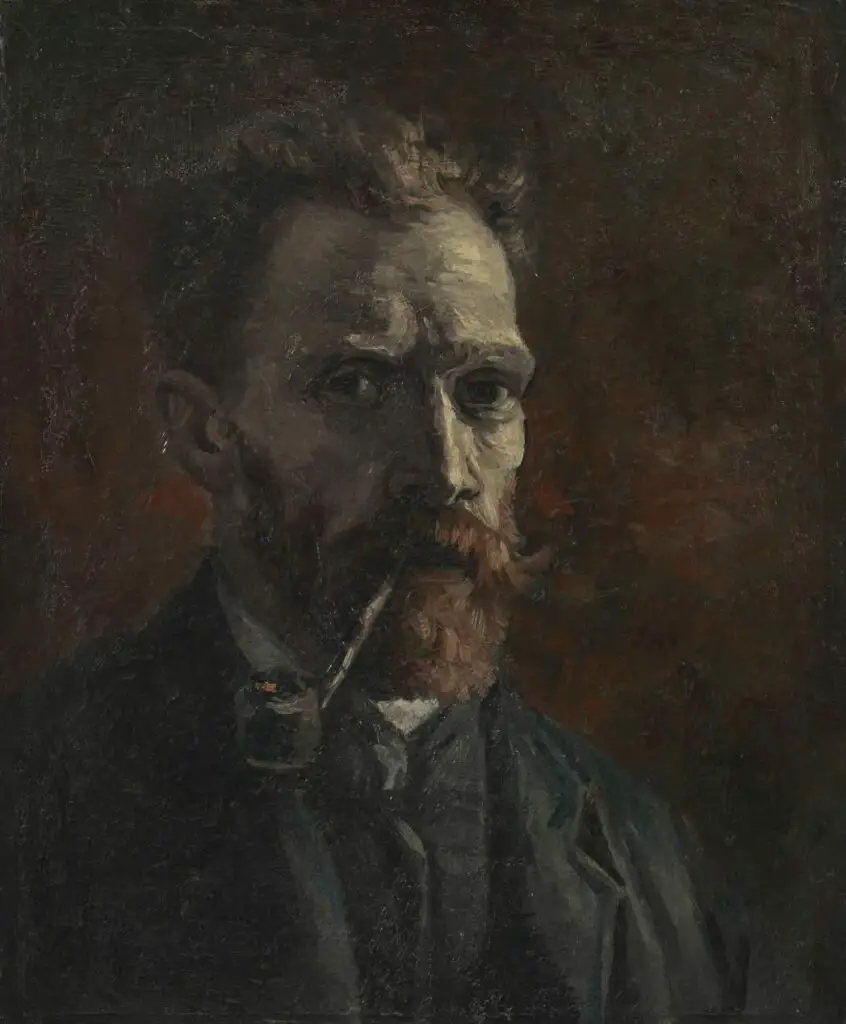
Vincent Van Gogh Showed Talent Early On In Life
Van Gogh’s journey into the world of art began at a tender age. His parents, recognizing his artistic inclinations, enrolled him in a private middle school.
Unfortunately, this educational environment left him profoundly unhappy. During this period, his mother, Anna, emerged as a pivotal figure in his life.
She recognized her son’s budding talent and encouraged him to pursue his artistic interests. This support would prove crucial to Vincent’s development as an artist.
Vincent Van Gogh Attends Middle School
At the middle school, Vincent received instruction from Constantijn C. Huysmans, a painter who had achieved notable success in Paris during the early 1800s.
However, Vincent’s discontentment persisted despite this exposure to the art world, leading him to return home in 1868. He later described his childhood as “austere, cold, and sterile,” reflecting the emotional challenges he faced during his formative years.
Vincent Van Gogh’s Interest In Art Intensified
As Vincent van Gogh matured, his passion for art intensified. He began to create art from life itself, capturing the essence of his subjects in a way that would become his trademark.
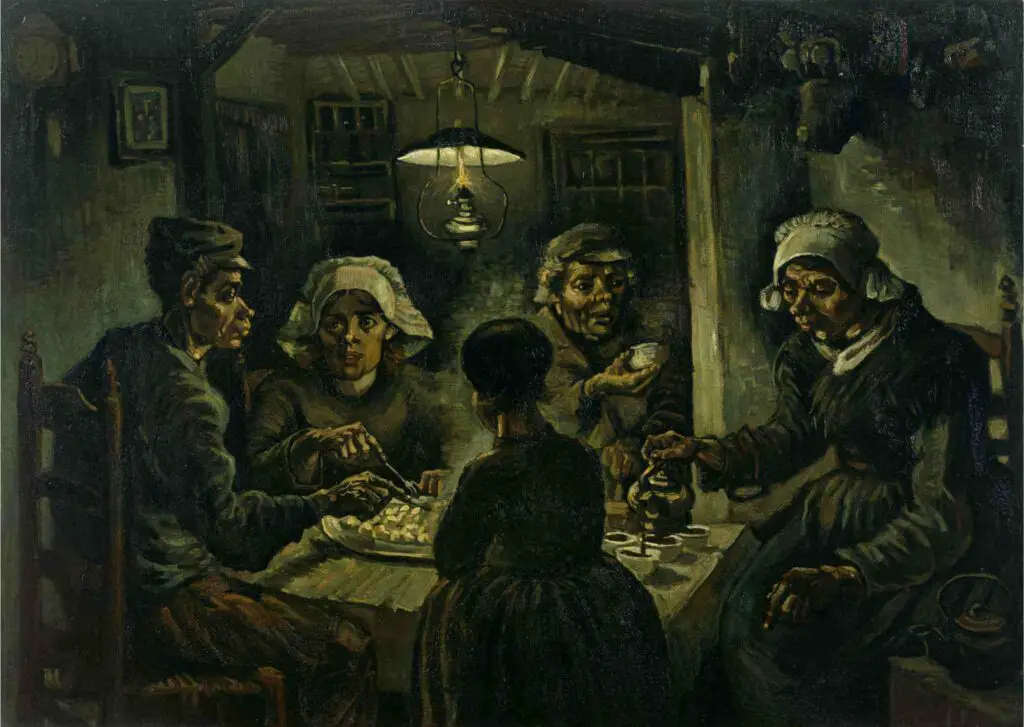
In 1885, he held his first art exhibit featuring his seminal work, “The Potato Eaters.” This exhibition attracted the attention of an art dealer who recognized his potential and purchased some paintings.
Vincent Van Gogh’s Life Was Marred With Depression
Despite the initial success, Vincent’s life was marred by deepening depression. He turned to heavy drinking to cope with his inner turmoil, eventually leading to his hospitalization from February to March 1886.
Following his recovery, Vincent decided to pursue formal artistic education despite his aversion to academic teaching. He took the higher-level admission exams at the Academy of Fine Arts in Antwerp and officially enrolled in painting and drawing in January 1886.
However, the rigorous demands of his studies and an unhealthy lifestyle took a toll on his health.
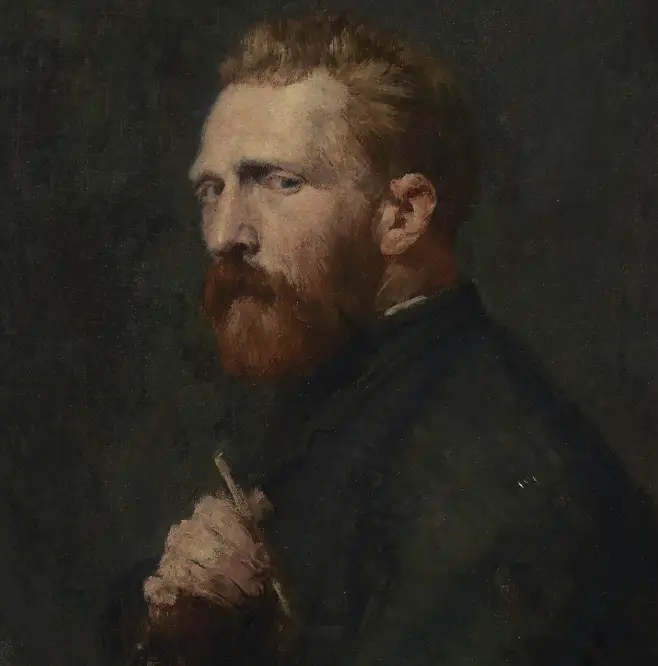
Early On, Vincent Showed An Unconventional Painting Style
While attending classes at the Academy of Fine Arts, Vincent’s unconventional painting style often clashed with his mentors and teachers. It is rumored that he was ultimately expelled from the institution by the end of 1886, which prompted him to move to Paris.
In the vibrant atmosphere of the French capital, he found inspiration for his art and adopted a brighter color palette, though he continued to adhere to his impressionist style.
In 1888, Vincent Van Gogh Mutilated His Ear
December of 1888 marked a harrowing period in Vincent’s life as he was hospitalized for the self-mutilation of his ear.

The circumstances leading up to this act remain shrouded in mystery. After cutting off his ear, he wrapped the severed earlobe in paper and delivered it to a local brothel he frequently visited. Vincent had no recollection of this incident, which resulted from an acute mental breakdown. He was subsequently placed under medical care.
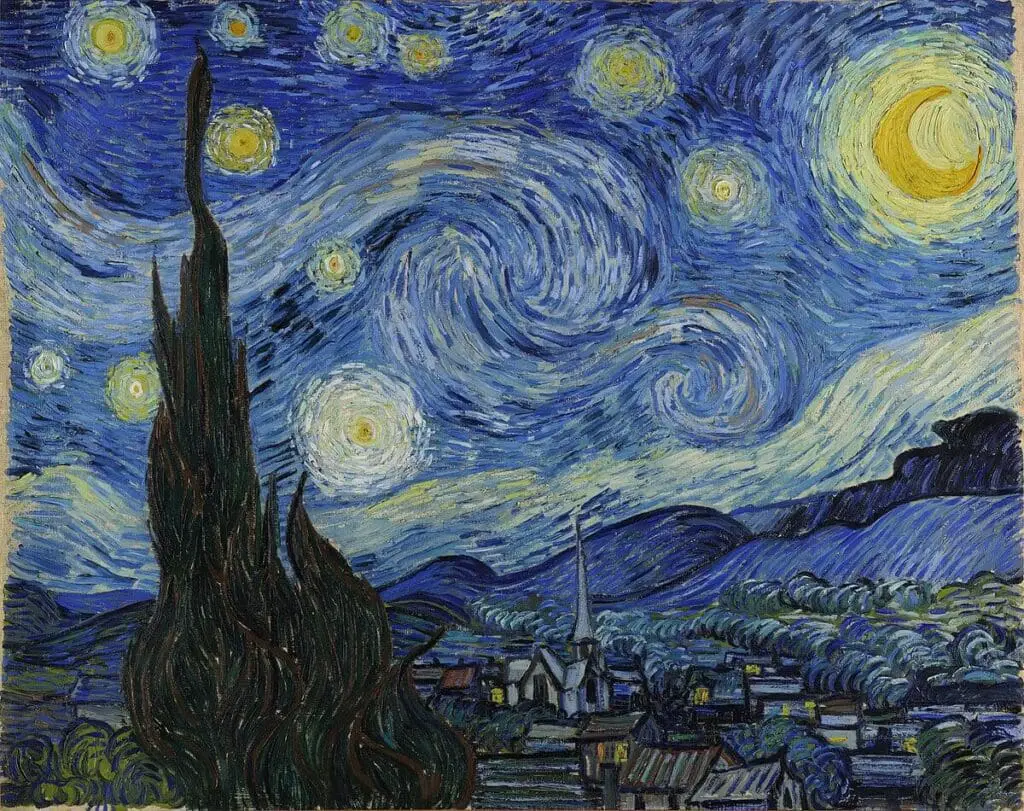
During his time in the hospital, Vincent van Gogh produced some of his most iconic works, including his mesmerizing Iris paintings and the enigmatic “Starry Night,” which some art historians believe depict the view from his hospital room.
Despite these creative bursts, Vincent’s health remained fragile. In February and April of 1890, he suffered significant relapses, rendering him unable to write or paint.
A Tragic Death In 1890
On July 27th, 1890, at 37, Vincent van Gogh took a tragic turn in his life. He shot himself in the chest with no witnesses present. Miraculously, he survived for over 30 hours after the attempt.
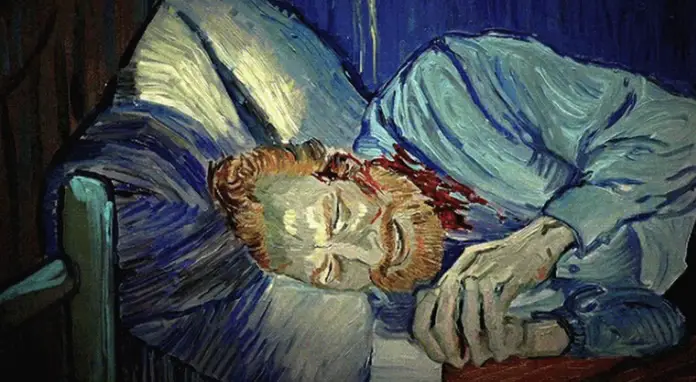
His final words, “The sadness will last forever,” poignantly encapsulated the profound emotional pain that had haunted him throughout his life.
Vincent van Gogh’s early life was marked by a relentless pursuit of artistic expression amid personal struggles and emotional turmoil.
Despite his challenges, his enduring passion for art would shape art history, leaving an indelible mark on the world through his extraordinary work.
Anita Louise Art is dedicated to art education, great artists, and inspiring others to find and create their art. We love art that uplifts and inspires. #ArtToMakeYouSmile! #ArtToMakeYouHappy!
If you are interested to see any of my art, you can find out more by clicking here. If you are interested in what inspires me and my paintings, you can discover more by clicking here.
We have a free newsletter and would love you to be part of our community; you can subscribe to the newsletter by clicking here. If you have any questions, I would be happy to talk to you. You can reach me, Anita, by clicking here.
Subscribe to our Anita Louise Art YouTube Channel with great videos and information by clicking here.
Join us for our podcast “5 Minutes With Art.” Spend just 5 minutes a week with us to discover and learn about great art and artists. You can find out more about our podcast by clicking here.
Related Questions
Who Is The Vietnamese-American Artist An-My Lê?
An-My Le is an American – Vietnamese artist known for her landscapes photography that incorporates culture, history, and architecture in unique and exciting ways. She has photographed war reenactments and military training exercises through the photographic lens of the complicated beauty of the landscape itself.
By clicking here, you can learn more by reading Who Is The Vietnamese-American Artist An-My Lê?
What Does Japonisme Mean?
The term Japonisme is about the influence of Japanese art on European culture and arts. Most notably, Japanese woodblock prints influenced the Impression art movement. The Japanese Ukiyo-e woodblock print artists inspired many prominent artists from the Impressionism art movement.
By clicking here, you can discover more about What Does Japonisme Mean?
Why Is The Chinese Artist Ai Wei Wei So Famous? 7 Reasons Why
Ai Wei Wei is an extremely captivating artist who produces some amazing art installations. His art speaks of political activism as he places himself in the middle of world events. He uses Chinese art forms in his art, along with photography and video.
By clicking here, you can learn more by reading Why Is The Chinese Artist Ai Wei Wei So Famous? 7 Reasons Why.

